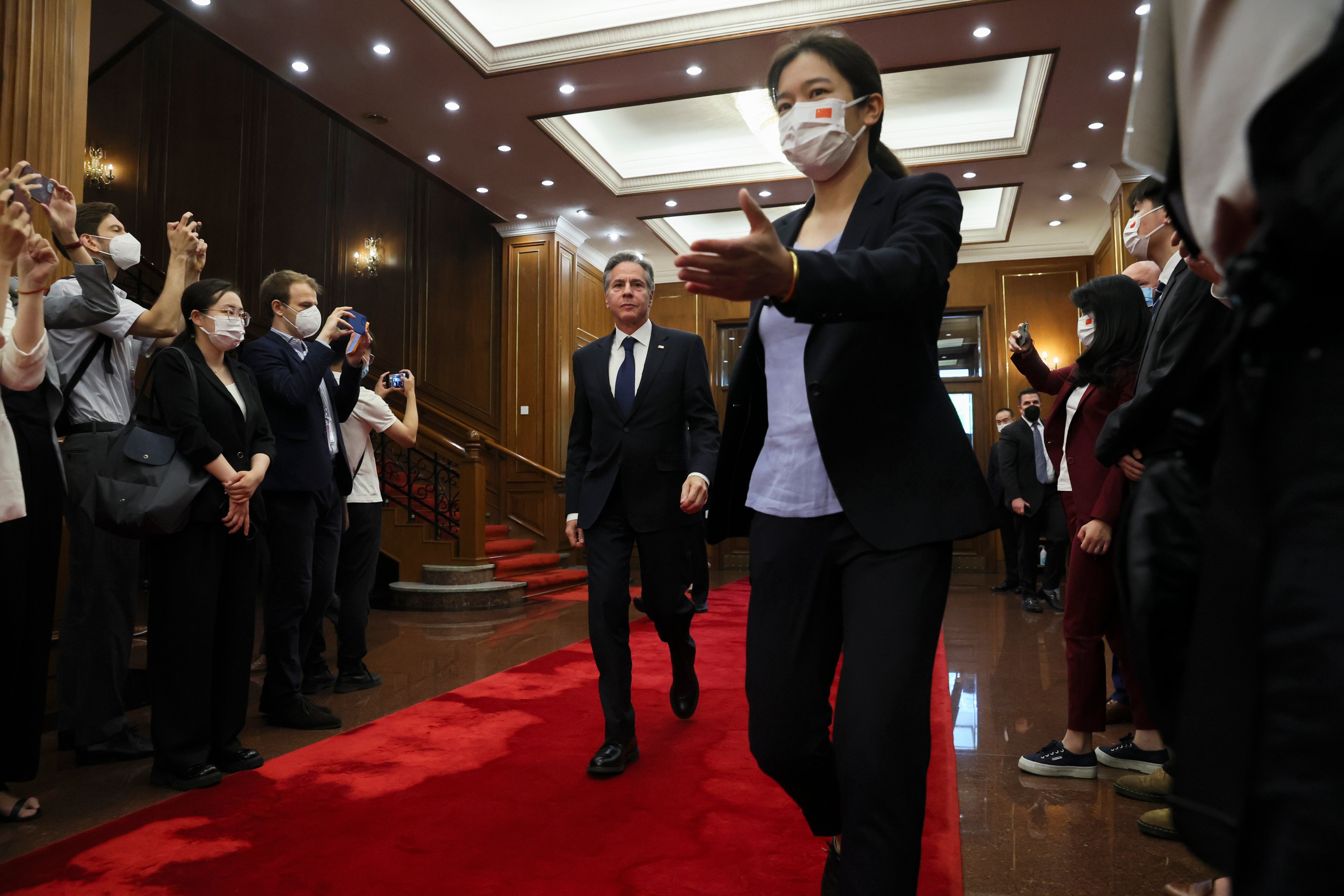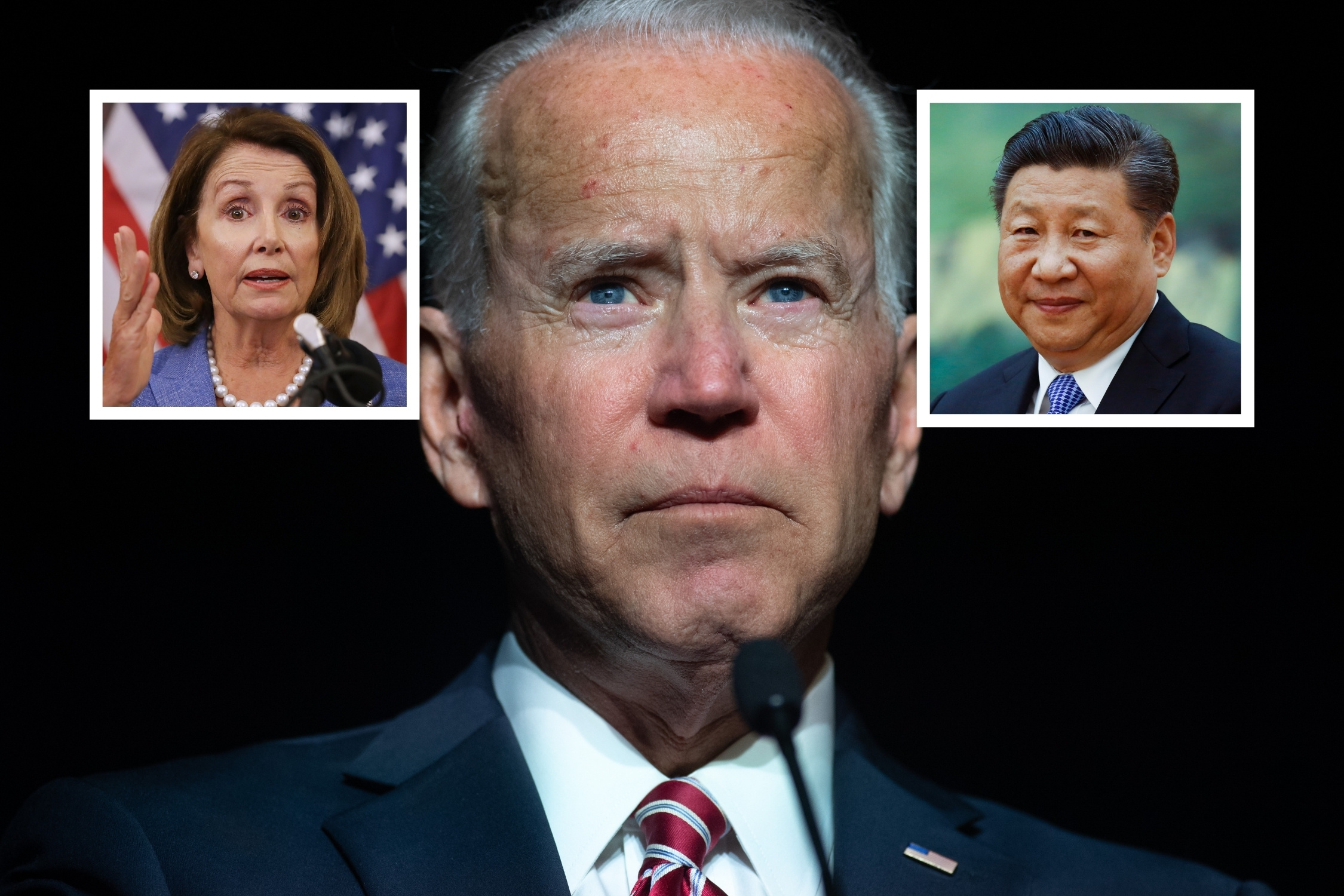The unprecedented situation of US And China Clash Over Soaring Food And Fertilizer Prices has sparked concerns globally. The conflict has far-reaching implications for the global food supply chain and could exacerbate food insecurity in many parts of the world.
Editor's Notes: "US And China Clash Over Soaring Food And Fertilizer Prices" have published today date. It’s a must-read for anyone interested in the global food supply chain, agricultural trade, or the impact of geopolitical tensions on global food security.
Through extensive analysis, data collection, and expert insights, our US And China Clash Over Soaring Food And Fertilizer Prices guide provides a comprehensive overview of the situation, its causes, and potential consequences. We hope this guide will help you understand the complexities of US And China Clash Over Soaring Food And Fertilizer Prices and make informed decisions about its implications for your business or organization.
FAQ
The ongoing trade tensions between the US And China Clash Over Soaring Food And Fertilizer Prices have contributed to a surge in the cost of food and fertilizer. This FAQ section aims to address common concerns and provide insights into this complex issue.

Blinken opens second day of talks in Beijing on mission to ease soaring - Source www.independent.co.uk
Question 1: What are the primary factors driving the increase in food prices?
The price hikes are attributed to a confluence of factors, including disruptions in global supply chains due to the COVID-19 pandemic, adverse weather conditions affecting crop yields, and rising energy costs.
Question 2: How do trade tensions between the US and China impact fertilizer prices?
Trade disputes have led to tariffs and counter-tariffs on fertilizer imports and exports. These measures have disrupted the flow of fertilizers, leading to reduced supply and higher prices.
Question 3: What are the consequences of soaring food and fertilizer prices?
The increase in food prices can strain household budgets, particularly for vulnerable populations. Higher fertilizer prices impact agricultural production, potentially leading to reduced crop yields and food insecurity.
Question 4: Are there any short-term solutions to address the food crisis?
Immediate solutions include increasing food production, reducing trade barriers to facilitate the flow of food supplies, and providing financial assistance to affected communities.
Question 5: What long-term measures are needed to stabilize food and fertilizer markets?
Long-term strategies involve investing in sustainable agriculture practices, enhancing supply chain resilience, and fostering international cooperation to address global food security.
Question 6: What role can consumers play in mitigating the impact of rising food prices?
Consumers can support local farmers, reduce food waste, and advocate for policies that prioritize food security and sustainability.
As the situation evolves, it is crucial to stay informed and support efforts to mitigate the impact of soaring food and fertilizer prices on global food security.
Tips
Heightening tensions between the United States and China have caused concerns over the global food supply and rising costs of fertilizers. The following tips provide strategies to navigate these challenges effectively.
Tip 1: Monitor Global Markets
Keep abreast of evolving trade policies and geopolitical dynamics influencing food and fertilizer markets. Stay informed about export restrictions, import tariffs, and disruptions in supply chains.
Tip 2: Diversify Supply Sources
Reduce dependence on a single supplier by sourcing food and fertilizers from multiple countries. Explore alternative markets, establish long-term partnerships, and invest in domestic production whenever possible.
Tip 3: Reduce Fertilizer Usage
Adopt sustainable farming practices to minimize fertilizer inputs. Implement precision agriculture techniques, improve soil health, and utilize organic fertilizers to reduce costs while protecting the environment.
Tip 4: Explore Alternative Energy Sources
Consider using renewable energy sources, such as solar and wind power, to produce fertilizers. This will reduce reliance on fossil fuels and mitigate the impact of energy price fluctuations.
Tip 5: Support International Cooperation
Advocate for international cooperation to address the global food and fertilizer crisis. Encourage governments to engage in dialogue, resolve trade disputes, and facilitate the flow of essential commodities.
Key Takeaways:
By implementing these tips, individuals and businesses can navigate the challenges posed by escalating food and fertilizer prices. Diversifying supply sources, maximizing efficiency, and seeking alternative solutions will ensure resilience and mitigate potential risks.
Conclusion:
Addressing the global food and fertilizer crisis requires a multifaceted approach. By adopting these strategies, we can strengthen our food security, support sustainable practices, and promote economic stability.
US And China Clash Over Soaring Food And Fertilizer Prices
Global food and fertilizer prices have skyrocketed, triggering a clash between the US and China. Here are six key aspects to consider:
- Trade tensions: The conflict stems from ongoing trade disputes between the two countries.
- Supply chain disruptions: COVID-19 pandemic has disrupted global supply chains, affecting food and fertilizer production.
- Climate change: Extreme weather events impact agricultural productivity, driving up prices.
- Fertilizer shortage: Sanctions on Russia, a major fertilizer exporter, have created a global shortage.
- Inflationary pressures: Soaring food and fertilizer prices are contributing to global inflation.
- Food security: High prices threaten food security, particularly for vulnerable populations.

China vs. America: Who Would Win in a Naval Clash Over the South China - Source nationalinterest.org
These aspects are interconnected, highlighting the complex nature of this clash. Trade tensions exacerbate supply chain disruptions, while climate change contributes to food shortages. Fertilizer shortages worsen the situation, leading to inflationary pressures and threatening food security. The US-China conflict further complicates the issue, hindering potential solutions. Tackling these key aspects is crucial for addressing soaring food and fertilizer prices and safeguarding global food security.

Nancy Pelosi's Taiwan Visit Sets U.S. and China on a Collision Course - Source www.newsweek.com
US And China Clash Over Soaring Food And Fertilizer Prices
The United States and China are at odds over soaring food and fertilizer prices. The US blames China for stockpiling food and fertilizer, while China accuses the US of manipulating the global market. The dispute is a major source of tension between the two countries, and it could have a significant impact on the global food supply.

CSIS Simulation Offers a Rare Look at US-China Clash over Taiwan and - Source www.airandspaceforces.com
The US is the world's largest producer of food and fertilizer, while China is the world's largest importer of both. In recent years, China has been stockpiling food and fertilizer, in an effort to ensure its food security. This has led to a sharp increase in global food and fertilizer prices.
The US accuses China of manipulating the global market by stockpiling food and fertilizer. The US argues that China's actions are driving up prices and making it difficult for other countries to access food and fertilizer. China denies these accusations, and argues that it is simply trying to ensure its food security.
The dispute between the US and China is a major source of tension between the two countries. It is unclear how the dispute will be resolved, but it is clear that it could have a significant impact on the global food supply.
| Country | Position |
|---|---|
| US | Blames China for stockpiling food and fertilizer |
| China | Accuses the US of manipulating the global market |
Conclusion
The dispute between the US and China over soaring food and fertilizer prices is a complex issue. The US accuses China of stockpiling food and fertilizer, while China argues that it is simply trying to ensure its food security. The dispute highlights the growing tensions between the two countries, and it could have a significant impact on the global food supply.
There is no easy solution to the dispute. Both the US and China have legitimate concerns, and it is unlikely that either country will back down. The dispute is likely to continue for some time, and it could have a number of consequences, including higher food prices, increased food insecurity, and a decline in global trade.
EmoticonEmoticon